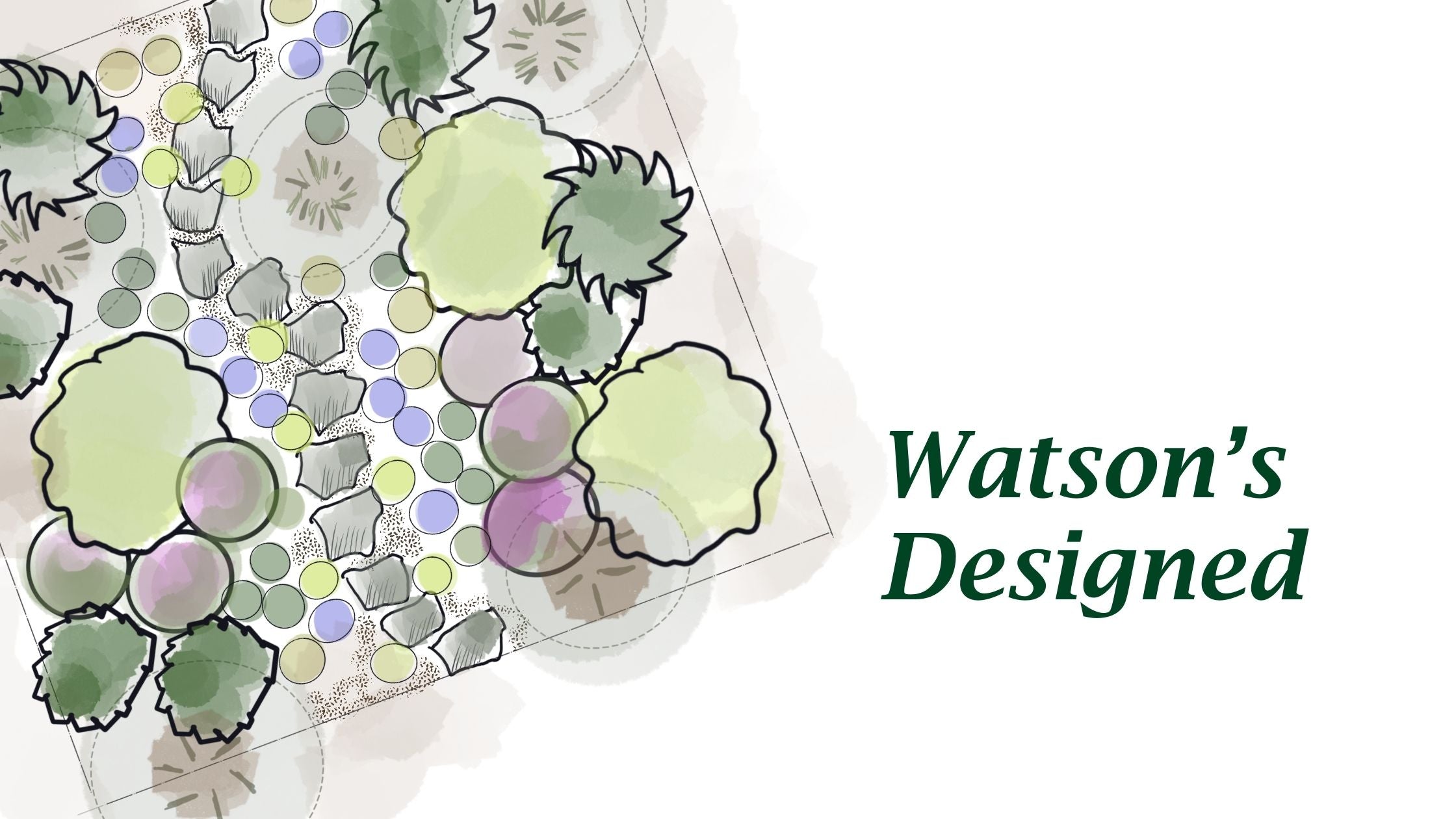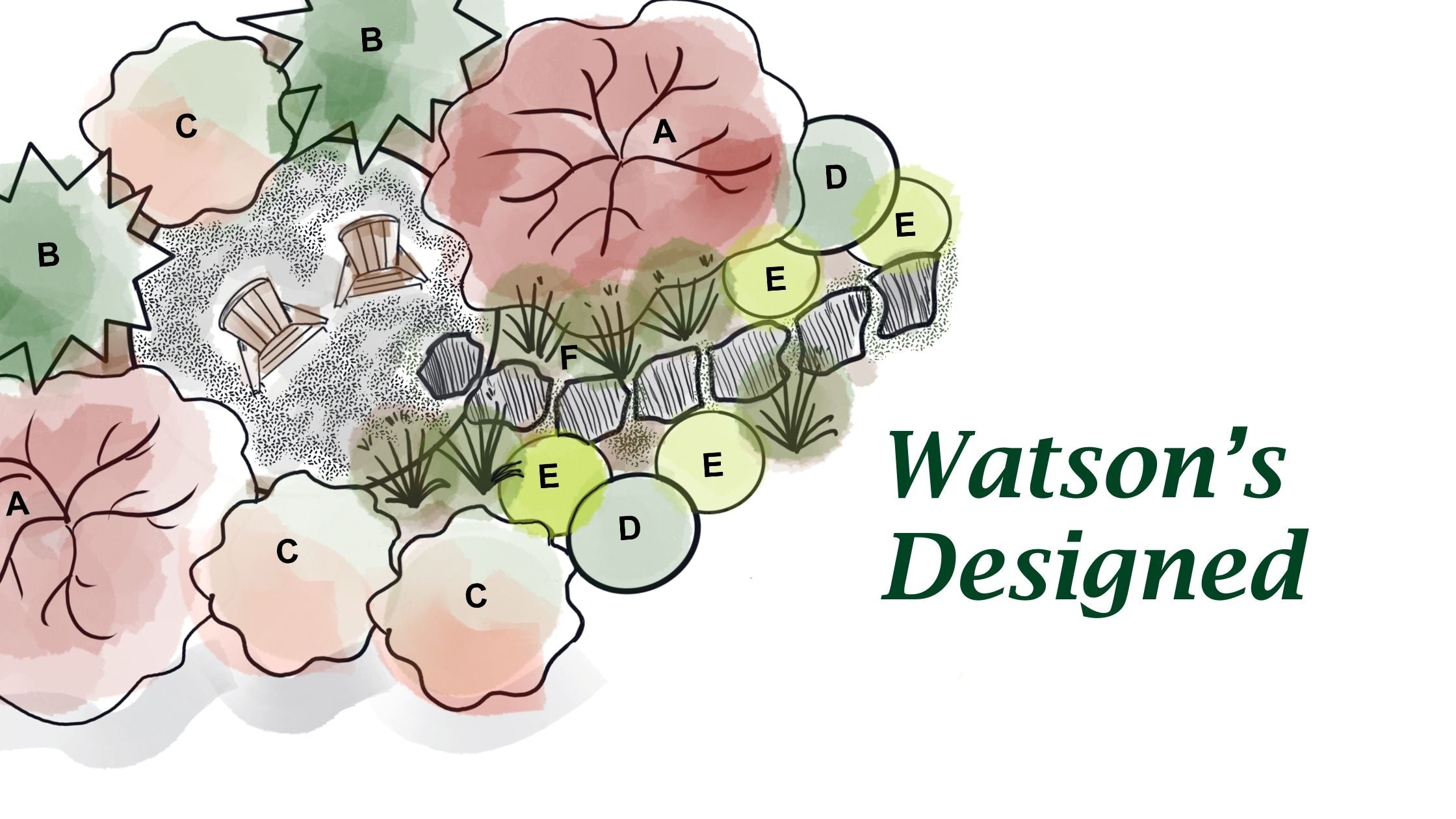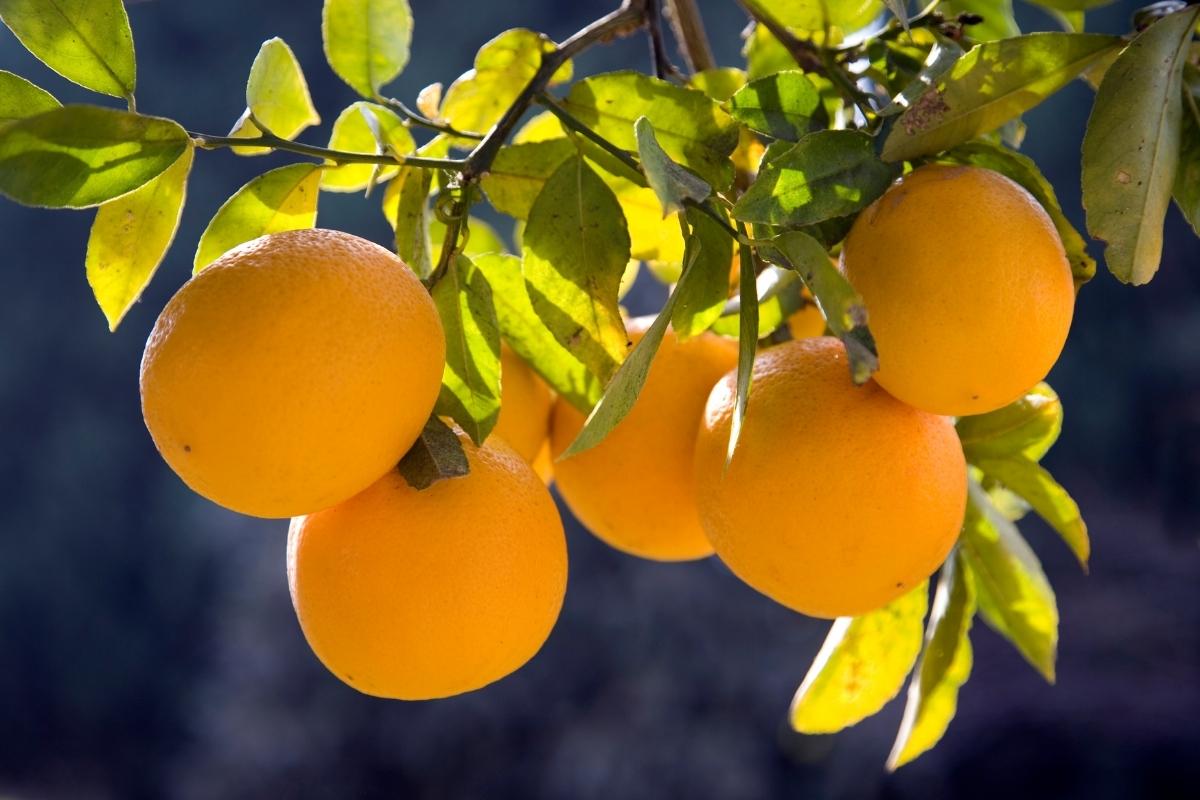Hellebores: The Perfect Perennial for Winter
Bringing Color and Cheer to Your Garden with Hellebores
Winter may be cold and dreary, but it doesn't have to be boring! Living in the Pacific Northwest, I've discovered the joy of planting hellebores, also known as the Lenten or Christmas Rose depending on bloom time. These gorgeous flowers bloom in shades of pink, purple, and white, and they are the perfect way to add some color and cheer to your garden during the colder months. Plus, they are super easy to care for, so even the most inexperienced gardener can succeed.
What are Hellebores?
Hellebores are a type of flowering plant that thrive in the Pacific Northwest's cool, moist climate. They are known for their long lasting delicate, bell-shaped flowers. These flowers are a welcome sight in the midst of winter when flowers and color are hard to find. For anyone who loves hummingbirds (and who doesn't?), these plants produce nectar-rich flowers that provide a much-needed source of food for the little ones during the winter months when other food sources may be scarce.
Planting Hellebores in Your Garden
If you're thinking about planting hellebores in your own garden this winter, there are a few things you should keep in mind. First, it's important to choose a location that gets partial shade, they always do best with a bit of direct sun. However, hellebores do prefer a spot that is protected from the hot afternoon sun in the summertime, so a spot under a deciduous tree or next to a building is ideal.
Once you've chosen the perfect location, it's time to prepare the soil. Hellebores prefer a soil that is rich in organic matter and well-draining. If your soil is heavy or clay-like, you may need to mix in some compost or other organic matter to improve its structure. You should also make sure the soil is moist but not waterlogged.
When it comes to planting your hellebores, you can really plant them anytime here, but it is best to avoid extreme heat (like with anything else) and if the ground is frozen. To plant your hellebores, dig a hole that is slightly larger than the root ball of the plant. Gently remove the plant from its container and loosen the roots as they tend to be very tight in the pot. Even using a sharp spade or knife to assist in getting the roots out of that pot shape. Then, place it in the hole while making sure the roots are spread out evenly. Fill in the hole with soil and water well.
Caring for Hellebores
Once your hellebores are planted, there are a few things you can do to help them thrive. First, make sure to water them regularly, especially during dry spells. Hellebores are also heavy feeders and benefit from being fertilized in spring until fall, so be sure to use a balanced fertilizer according to the package instructions.
In addition to regular watering and fertilizing, hellebores also benefit from being mulched. Mulch helps to keep the soil moist and cool, which is especially important in the hot summer months. You can use a variety of materials for mulching, including wood chips, bark, or even leaves. Just be sure to apply the mulch around the base of the plants no thicker than an inch or two while being careful not to pile it up against the stems.
Growing Hellebores in Containers
Hellebores can also be grown in containers, making them a versatile choice for gardeners with limited space. When using hellebores in containers, make sure to choose a container with good drainage and use a well-draining soil mix.
Some plants that work well with hellebores in planters include:
- Pansies, which provide a pop of color and contrast with their bright, bold blooms
- Violas, which have smaller flowers but come in a wide range of colors, making them a versatile companion for hellebores
- Heuchera, also known as coral bells, which have colorful evergreen foliage and delicate, bell-shaped flowers
- Vinca, a low-growing evergreen groundcover with attractive trailing foliage and small, purple or blue flowers.
- Ferns such as the evergreen Deer Fern are amazing companions to hellebores as they typically enjoy the same light exposure and care.
- Daffodils, which provide a cheerful burst of yellow or white in early spring, when hellebores are just starting to emerge from the ground.
How to Control Aphids on Hellebores
One issue that you may want to learn how to address on hellebores is the presence of aphids. To control aphids on hellebores, one option is to use a strong spray of water to knock the insects off the plants. Another option is to use insecticidal soap or neem oil, which can be effective at killing aphids on contact. In addition, attracting natural predators, such as ladybugs and lacewings, can help to keep aphid populations in check.
The Joy of Planting Hellebores in the Pacific Northwest
As a resident in the Pacific Northwest, I can attest to the joy and satisfaction that comes from planting hellebores. Not only do they add a splash of color to the landscape during a season that can often be bleak, but they also provide a sense of accomplishment and connection to the natural world. So why not give it a try and see for yourself? Your garden, your spirit, and your winter hummingbirds will thank you!



